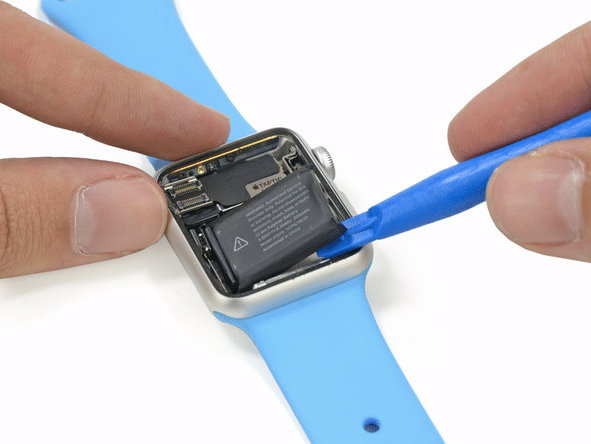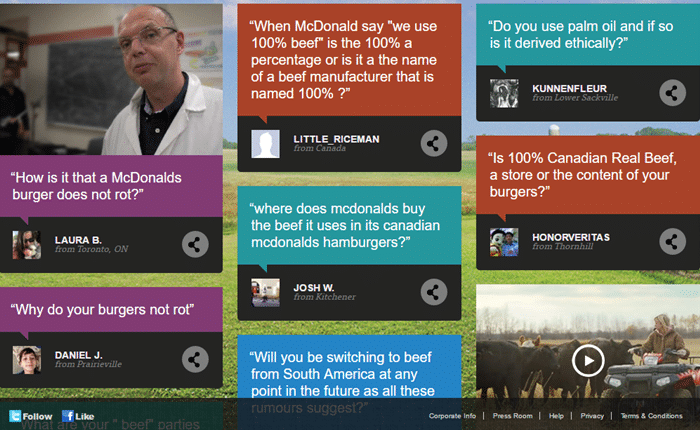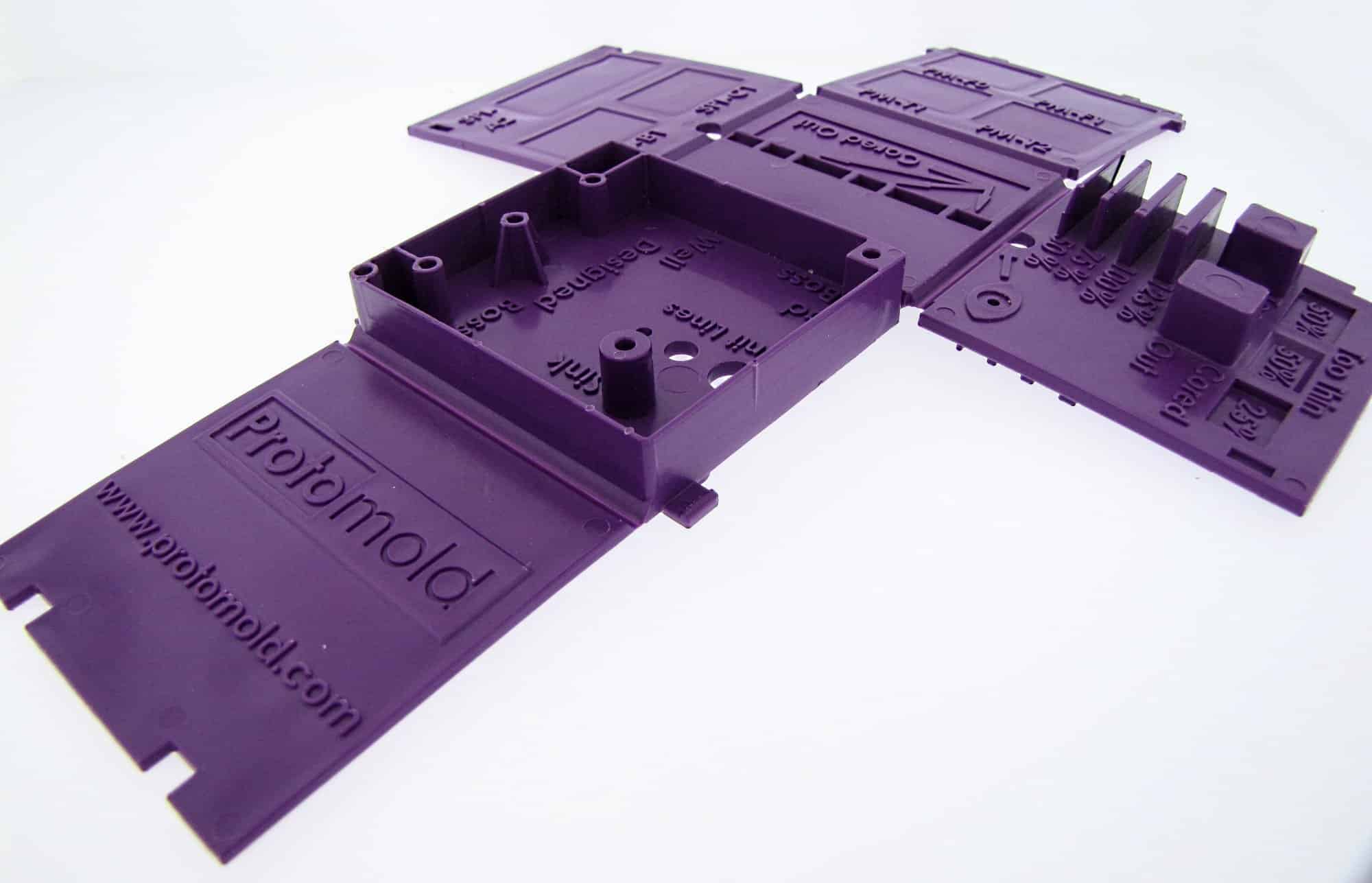I’m a copywriter. And I’m assuming you are not. So why are so many in-house marketing teams in large engineering or financial firms for instance ‘burdened’ with the task of creating engaging copy? Furthermore, many marketers view content in its typical formats (blogs, infographics and whitepapers) as a boring, ineffective cost centre.
And this is a problem.
It’s a problem because if the content you’re creating bores you, it’ll definitely bore your readers, and this means saying goodbye to converting readers to leads. It’s a problem because content marketing is big business and it works.
So, assuming you choose not to go for the most obvious option (employing an agency), let’s review what is going wrong here.
*Drum roll*
The problem is simple: marketers are sticking to the content marketing status quo. While many understand the conceptual side of content, they struggle with the execution (pretty unfortunate given this is the driving force behind content).
So, what can you do?
You can get creative. You can move beyond the usual blog posts, whitepapers and infographics. You can step outside the box, cliché though it may be.
Of course this is easier said than done, so for inspiration we’ve pulled together a list of brands that have led by example, taking content to new (albeit unconventional) heights.
iFixit’s Instructions
iFixit specialise in selling kits and replacement parts for those wanting to repair their smartphones. The company also specialises in teardowns, providing step-by-step guides for dismantling Apple Watches and iPhones.

Photo Credit: iFixit
Now you might be thinking “so what?”, but what iFixit’s teardowns have become is a beaming example of thought leadership at its best. iFixit’s founder, Kyle Wiens, saw an opportunity in the creation of these diagrams and instructions. Think of it this way, technology publications need to know how the latest gadgets work but generally lack the resources to perform in-depth teardowns. Wiens recognised this, and started to share the useful photos, diagrams and instructions his team was creating.
As a result of this, the brand now benefits from substantial PR coverage from heavyweight publications such as The Verge and Tech Crunch whenever Apple releases a new product.
McDonald’s Transparency
While the fast food giant might not be as synonymous with content marketing campaigns as it is with its slogan and golden arches, there are definitely some lessons to learn from McDonald’s approach to marketing.
In fact, according to Jay Baer of digital marketing advisory firm, Convince & Convert, McDonald’s content strategy is “the best example of content marketing ever”. A bit of a bold claim admittedly, but their transparent approach to customer service through content is a great example of what can be done when brands veer from the straight and narrow.

In fact, arguably the best example of said approach is McDonald’s Canada’s “Our Food, Your Questions” campaign. The campaign saw McDonald’s volunteer to address all customer questions it received, good or bad, publicly. Bold move.
Given the company received over 10,000 questions (about 450 each day), what drove McDonald’s to partake in such a potentially damaging campaign?
The answer is simple.
It was to build genuine trust in the brand. By being transparent and choosing not to polish and filter the questions it received, McDonald’s was able to further develop the brand as trustworthy and truthful to its consumers. A genius PR move, and a great example of the power of unconventional content marketing.
ProtoLabs’ Educational Toys
To make reference back to the title of this blog, you might argue that content can only be as interesting as the subject matter. And in some ways you’d be right. However, if you move away from the usual content marketing models and equip a different approach, you can make even the most mundane topics engaging to audiences.
Don’t believe us?
Ask ProtoLabs.
The company’s business model is built on its ability to create miniature plastic prototypes and small runs of plastic parts in a matter of days: a fraction of the time taken by regular manufacturers. Now, given ProtoLabs operate in the world of plastic injection moulding, it’s obvious content marketing could be a rather daunting prospect.
So how did the company react?
Well as interesting as blog posts about polymers could be, ProtoLabs opted to harness their expertise in a completely different way. They used toys.

Photo Credit: Mind Tribe
Yes. You read that right.
ProtoLabs chose to engage with engineers by sending them cheap plastic toys as reference tools. The detailed products weren’t gimmicks or props though, they actually provided value. They were designed to educate customers of what is possible through their manufacturing processes. This allowed ProtoLabs to move away from relying so heavily on conventional content, and move more toward the use of physical items that effectively illustrate their capabilities to prospects.
Of course the company had to support this with inbound, lead generation and content marketing activity, but the use of toys undoubtedly helped the brand effectively communicate its value proposition in a way that regular content marketing could not have.
Getting Creative
Of course not all marketing teams and brands have the resources to replicate unorthodox content campaigns on such a grand scale. For instance, if you’re a financial advisory firm, making toys might not be the way to go to reach prospects. However, the examples of ingenuity shown throughout this blog are equally applicable to your own marketing efforts. It’s about creating value – something that your audience actually wants to consume. This doesn’t have to be teardown videos, it can be blogs, it can be clothing, it can be art. It’s less about the medium and more about the message.
If you’d like help crafting your messages and creating content that converts, we can help you, simply get in touch at 0121 296 5275.
{{cta(‘735d270e-150e-4aef-9a12-8b74369c06d4’)}}